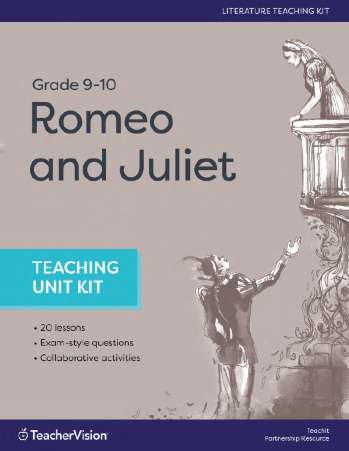The guidelines outlined in this article will be helpful in performing a thorough behavioral observation. New teachers will find this resource particularly valuable.
Guidelines for Behavioral Observations
Behavioral observations of students should:
- Be systematic and take place in a variety of settings.
- Be done by different IEP (Individualized Education Program) team members.
- Provide a clear picture of the behavior using one or more of the following procedures:
- Narrative recording that describes specific skills the student demonstrates, the types of directions the student responds to best, social interactions, and personal appearance.
- Time sampling or interval recording that examines whether or not a specific behavior is occurring at predetermined intervals (for example, every 2 minutes).
A disadvantage of time sampling is that it does not reflect the frequency of behaviors on an ongoing basis. - Event sampling that waits for a specific behavior to occur and then records the frequency and duration of the behavior. A disadvantage may be that the student fails to exhibit the targeted behavior, such as social interaction.
- Rating scales that provide a more structured technique to observe and record behaviors.















